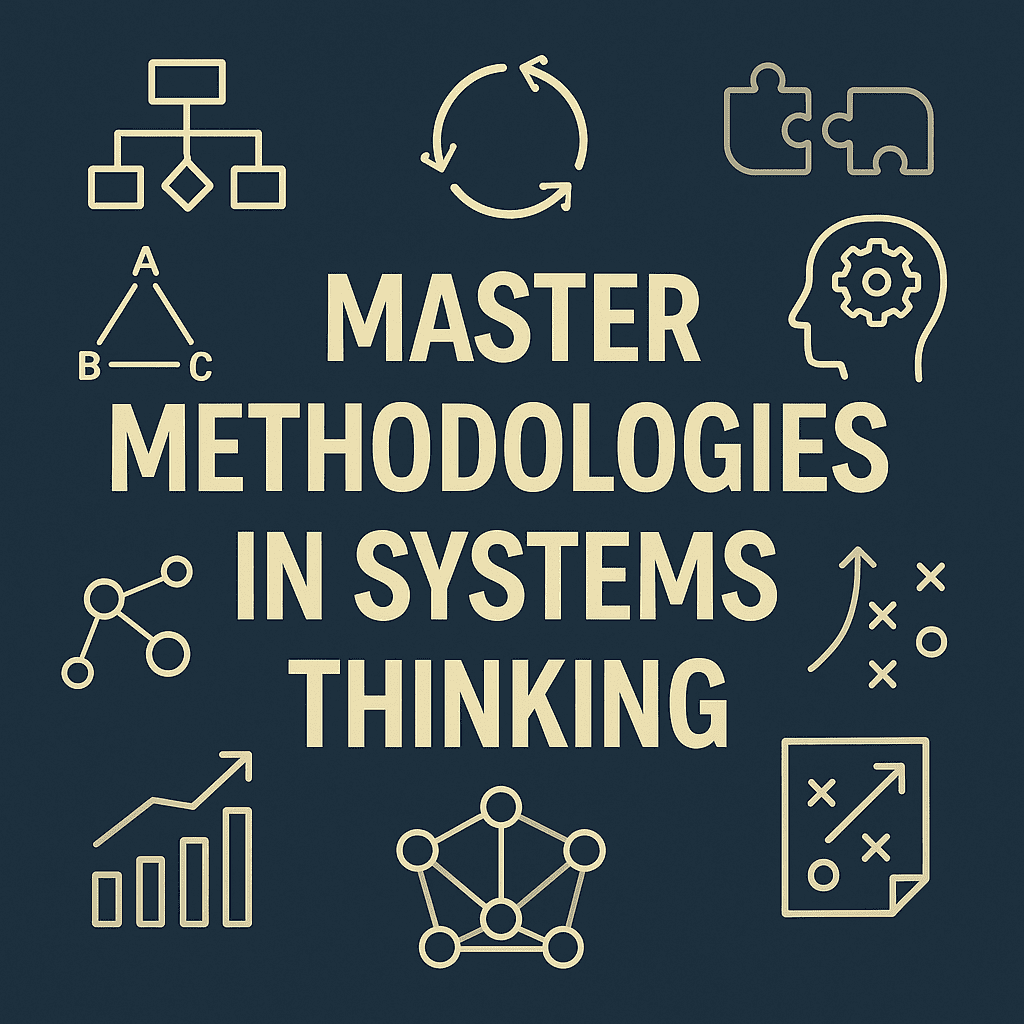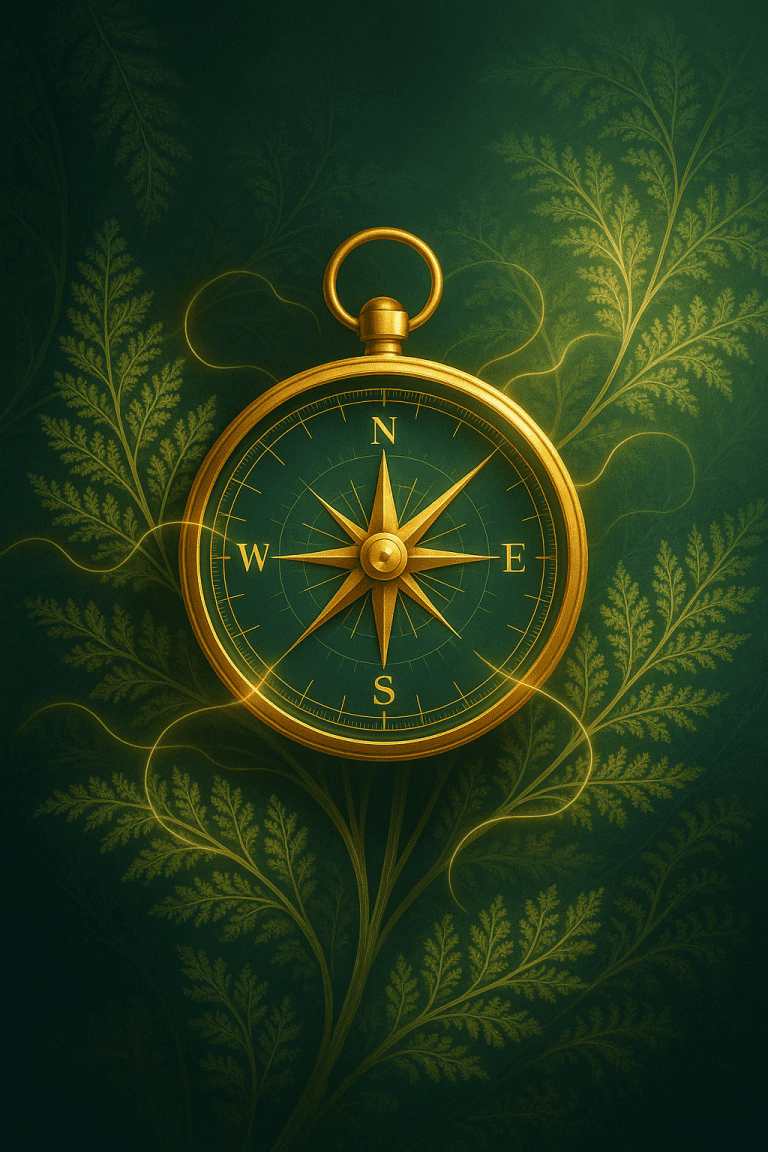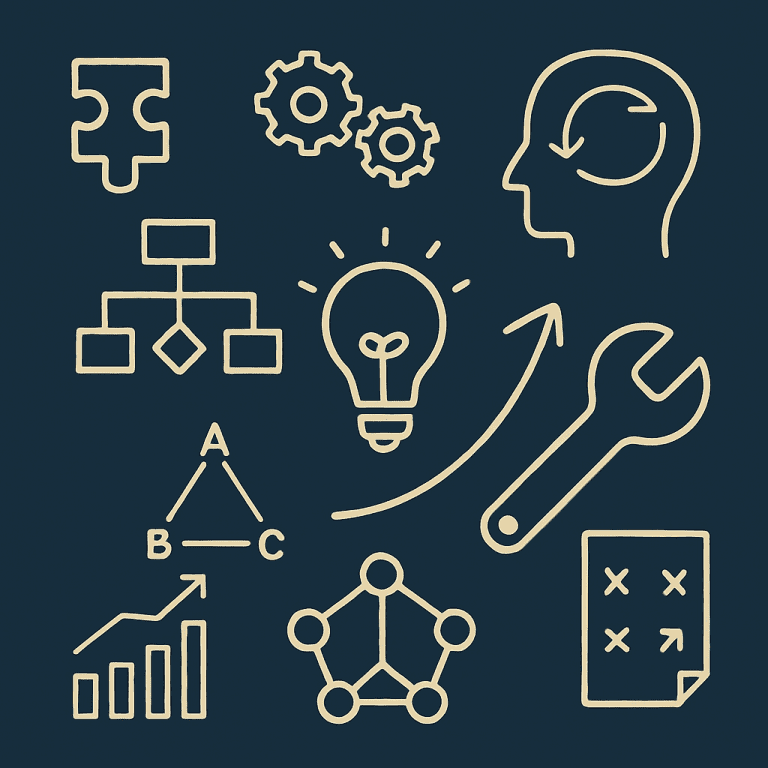Which Approach to Use — and When
At a certain point in your systems thinking journey, elegant mental models and foundational diagrams, while indispensable, stop being enough. The patterns grow denser. The feedback loops multiply. And the consequences of your work deepen.
That’s when you turn to the master tools — the heavyweight methodologies forged in the crucible of real-world complexity.
These are not just techniques. They are full philosophical approaches — rigorous, tested, and designed to help you not only understand complexity, but to shape it.
In this post, we explore five of the most influential methodologies in systems thinking. Each has its own strengths. Each fits a different kind of challenge. And each expands your ability to act wisely in the face of complexity.
🌀 1. System Dynamics
Seeing feedback, delay, and accumulation over time
Pioneered by Jay Forrester at MIT, System Dynamics is the go-to methodology for modeling and simulating systems using stocks, flows, feedback loops, and time delays. It’s precise, mathematical, and built for foresight.
Use it when:
- You want to simulate long-term behavior and test different scenarios before acting.
- You’re dealing with measurable, quantifiable variables (like cash flows, headcount, production levels).
- Delays, accumulations, and feedback loops are central to the system.
🔍 Key Applications:
- Health systems, capacity planning, and pandemics.
- Urban infrastructure and resource management.
- Long-term policy and economic simulations.
- Strategic forecasting in corporate environments.
🧭 Consulting Tip:
If your client is making short-term decisions that could have long-term consequences, use System Dynamics to make those delayed effects visible — and avoid costly surprises.
🪶 2. Soft Systems Methodology (SSM)
Surfacing meaning in messy, ill-defined situations
Developed by Peter Checkland, SSM is ideal when there is no clear agreement on what the problem even is. It’s not about modeling an objective system “out there,” but exploring competing perspectives and building shared understanding.
Use it when:
- Stakeholders disagree on the nature of the problem.
- Emotions, politics, or values are at the core of the issue.
- You need structured dialogue, not hard data.
🔍 Key Applications:
- Multi-stakeholder conflict resolution.
- Organizational change in politically sensitive environments.
- Public sector and community development.
- Complex governance and inter-agency coordination.
🧭 Consulting Tip:
Use SSM when your role is not to “solve” but to facilitate collective meaning-making and clarity about what “improvement” actually means to different actors.
🔧 3. Viable System Model (VSM)
Diagnosing a system’s internal intelligence and coherence
Stafford Beer’s Viable System Model is built on cybernetic principles. It assesses whether a system is viable — meaning, able to survive and adapt in a changing environment.
It maps out five interconnected functions:
- Operations – Core value delivery.
- Coordination – Reducing internal friction.
- Control – Managing and optimizing performance.
- Intelligence – Scanning the future and adapting.
- Policy – Identity, strategy, and direction.
Use it when:
- You’re diagnosing why an organization feels stuck despite best efforts.
- There’s fragmentation, duplication, or strategic disorientation.
- You’re redesigning for long-term agility and resilience.
🔍 Key Applications:
- Organizational redesign.
- Diagnosing structural breakdowns.
- Governance issues in federations or alliances.
- Creating adaptive learning systems.
🧭 Consulting Tip:
If your client has great people but poor coordination, or if strategy and execution constantly pull apart, VSM can reveal the missing “nervous system” connections.
⚖️ 4. Critical Systems Thinking (CST)
Bringing ethics, power, and inclusion into systems work
Critical Systems Thinking reminds us: every model includes some perspectives and excludes others. Every boundary drawn reflects values, assumptions, and power.
It helps you:
- Expose what (and who) gets left out.
- Reflect on the ethics of your methodology.
- Combine methods consciously (methodological pluralism).
Use it when:
- You’re working with marginalized or vulnerable communities.
- Power dynamics or exclusion are central to the issue.
- You want to reflect critically on your own consulting role.
🔍 Key Applications:
- Public policy and advocacy.
- Equity-focused redesign initiatives.
- Evaluating stakeholder engagement and legitimacy.
- Designing ethical, participatory decision-making processes.
🧭 Consulting Tip:
Use CST when fairness, justice, and voice matter — and when your responsibility is not just to “solve” but to elevate and include.
🔮 5. Scenario Planning
Facing the unknown with structured imagination
Pioneered by Shell in the 1970s, Scenario Planning isn’t about predicting the future — it’s about preparing for multiple plausible futures. It’s imaginative, narrative-based, and designed to build strategic resilience.
Use it when:
- You face deep uncertainty and multiple unknowns.
- Traditional forecasting has broken down.
- Long-term vision and adaptability are more important than precision.
🔍 Key Applications:
- Visioning and future-proofing strategies.
- National planning and policy under uncertainty.
- Disruptive market analysis.
- Climate change, AI, and social disruption readiness.
🧭 Consulting Tip:
When your client asks, “But what if everything changes?” — Scenario Planning helps them imagine, prepare, and lead across multiple futures.
💬 Real Talk: Which One Should You Use?
The Power of Pluralism
No method is universally right.
- If the problem is quantitative and predictable — try System Dynamics.
- If it’s messy and human — SSM may be best.
- If the system needs an internal health check — go for VSM.
- If ethics, voice, or politics matter deeply — CST is essential.
- And if the future is unclear — Scenario Planning offers clarity through imagination.
🎯 The best consultants don’t cling to one methodology. They listen to the context, then choose — or blend — accordingly.
🛠 Mini-Practice: Choose One to Deepen
Pick the methodology that most spoke to you.
Then:
- Read One Foundational Text
- System Dynamics: “Thinking in Systems” by Donella Meadows.
- SSM: Checkland’s “Soft Systems Methodology in Action.”
- VSM: “Brain of the Firm” by Stafford Beer.
- CST: Ulrich’s “Critical Heuristics.”
- Scenario Planning: “The Art of the Long View” by Peter Schwartz.
- Apply It to a Real Challenge
Try analyzing a live consulting issue using that lens. Sketch it. Reflect. - Ask Yourself:
- What does this method let me see that I couldn’t before?
- How does it shift my sense of what the system really is?
🧠 Final Thought
Methodologies are not just tools.
They’re ways of seeing.
They shape what we notice, what we name, and how we intervene. When you master several, you move from being a good problem-solver… to a systemic artist — able to read complexity like a symphony.
Learn them. Apply them wisely. And never forget:
In a world of hasty answers, your greatest power may be the patience to ask deeper questions.
- The Whisper of the Whole: A Systems Thinking Guide for Consultants
- What is a System, Really?
- The Living Dance of Systems
- Resilience and the Wisdom of Adaptive Systems
- Roots of Insight
- The Systems Thinker’s Compass
- Drawing Complexity
- Peering Below the Surface
- Master Methodologies in Systems Thinking
- Enhancing Familiar Tools with Systems Thinking
- Transforming Business Through Systems Thinking
- Systems Thinking in Public Policy & Governance
- Sustainable Systems
- Systems Thinking for Engineering & Technology
- The Inner System: You
- The Roadblocks
- The Future of Systems Thinking
- Systems Thinking FAQ: Myths, Misunderstandings & Core Insights







